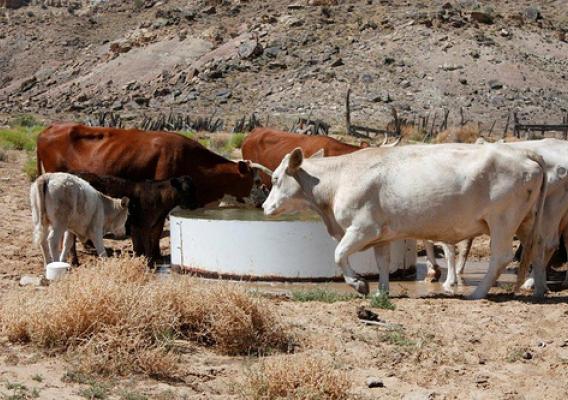Editor’s Note: As USDA shares stories of program accomplishments from across the country, Secretary Vilsack continues to remind Americans of the importance of the Farm Bill to many of these efforts. The success of the Wetlands Reserve Program in Iowa and across the nation is another reminder of the importance of Farm Bill programs for rural America. A comprehensive new Food, Farm and Jobs Bill would further expand the rural economy – and Secretary Vilsack continues to urge Congress to pass a comprehensive Food, Farm and Jobs Bill done as soon as possible.
A unique wetland in northeastern Iowa is helping to filter out upland sediment and other agricultural runoff flowing into the Little Cedar River. The wetland, on a farm outside Charles City, is also preserving the land and providing a wildlife haven.
In 2009, landowner Carol Savage enrolled about 70 percent of the 200-acre farm in a permanent easement through the USDA Natural Resources Conservation Service Wetlands Reserve Program, in the process expanding an already-present wetland on the property.









